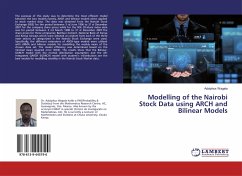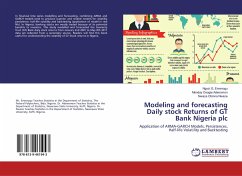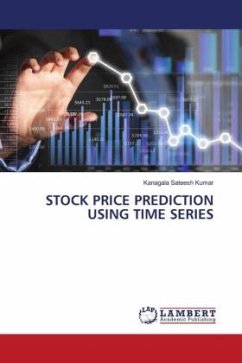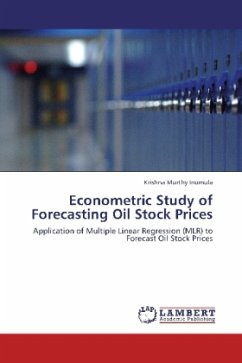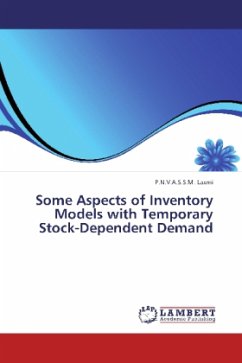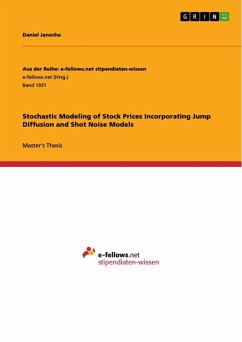
Multi-Agent Modelling of Trader Psychology
Mathematical Modelling of a closed Financial Market
Versandkostenfrei!
Versandfertig in 6-10 Tagen
32,99 €
inkl. MwSt.

PAYBACK Punkte
16 °P sammeln!
Often, situations arise where the assumptions of perfect conditions do not hold. In these situations, a bottom-up approach is more useful, rather than the other way round. Hence, Agent-based modelling is quite an attractive approach to model highly complex and unpredictable elements, such as psychology and behaviour, in financial systems. The recent recession has urged economists and researchers to find new and more open techniques, whereby models are broken down into their constituents, and each constituent is modelled separately, allowing the users of the model to alter the model s applicabi...
Often, situations arise where the assumptions of perfect conditions do not hold. In these situations, a bottom-up approach is more useful, rather than the other way round. Hence, Agent-based modelling is quite an attractive approach to model highly complex and unpredictable elements, such as psychology and behaviour, in financial systems. The recent recession has urged economists and researchers to find new and more open techniques, whereby models are broken down into their constituents, and each constituent is modelled separately, allowing the users of the model to alter the model s applicability by changing the appropriate parameters, making these models very versatile. The model developed during this work has been labelled NABM and has been applied to Barclays stock which is traded on the FTSE 100 stock exchange. The NABM allows its user to study traders behaviour under different market circumstances. The NABM also models the stock price itself, which is influenced by a variety of factors. MATLAB has been used for all modelling and data analysis purposes.



